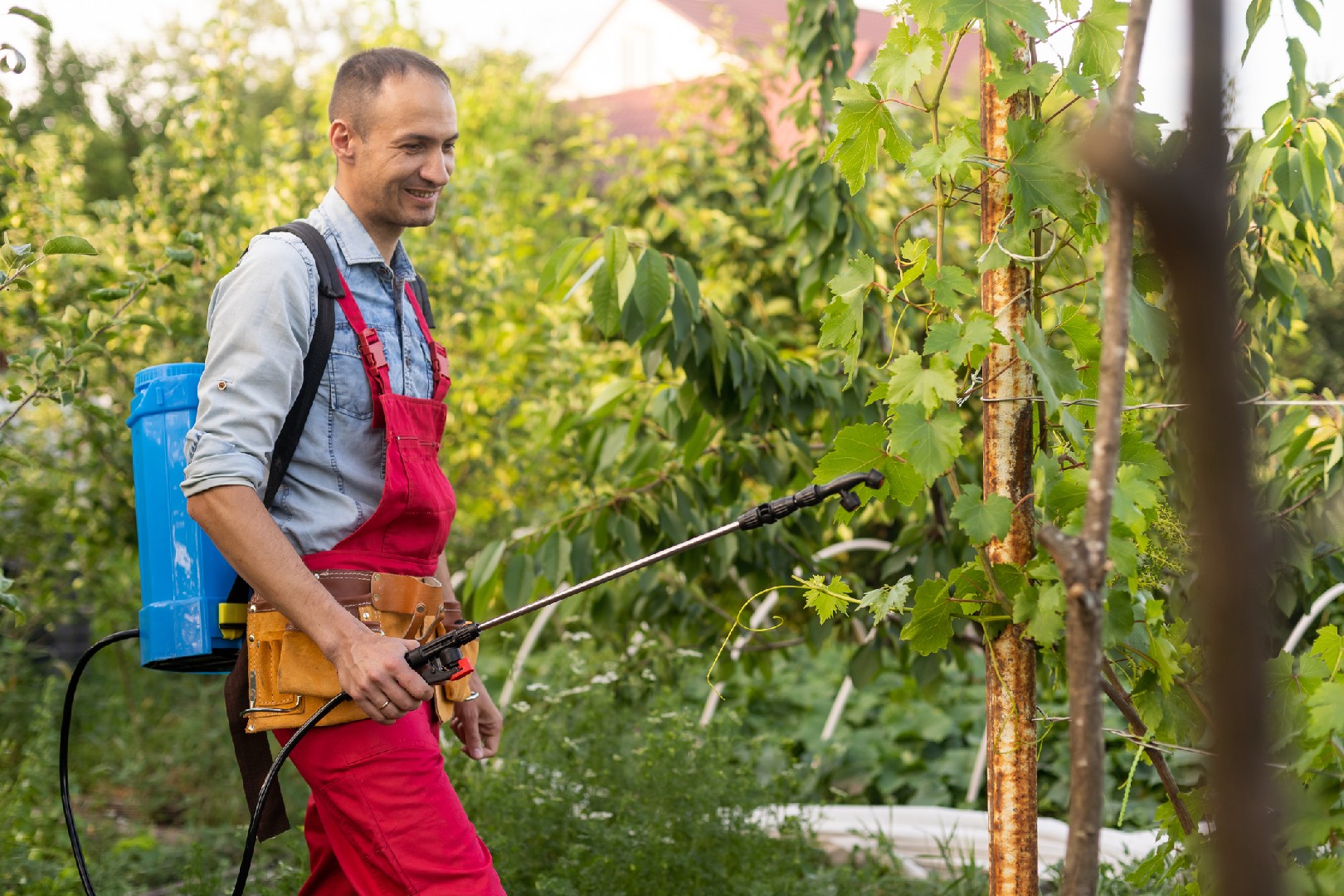![Rectangle]()
Evaluating Techniques: Tools to Assess Your IPM Program
To effectively evaluate the effectiveness of your Integrated Pest Management (IPM) program, it is essential to employ various techniques that can provide valuable insights. In this section, we will explore different evaluation techniques such as monitoring, data analysis, and field assessment and how they contribute to assessing the efficacy of your IPM program.
Monitoring is a crucial technique in evaluating your IPM program. By regularly monitoring pest populations and their activity levels, you can identify trends, areas of concern, and the effectiveness of your pest control measures. There are various methods for monitoring pests, including trapping, visual inspections, and pheromone traps. These methods allow you to gather data on pest species, population density, distribution, and behavior, which are vital in determining the success of your IPM program.
Data analysis plays a significant role in the evaluation process of your IPM program. By analyzing the data collected through monitoring, you can identify patterns, make informed decisions, and adjust your pest control strategies accordingly. Statistical analysis techniques such as trend analysis, regression analysis, and cluster analysis can help you derive meaningful insights from your data. Additionally, data visualization tools can aid in presenting the findings in a visually engaging manner, allowing you to comprehend the information more effectively.
Field assessment is another valuable technique for evaluating your IPM program. This involves assessing the physical conditions and environments in which pests are found. By evaluating factors such as moisture levels, vegetation, and structural integrity, you can identify conducive conditions for pest infestations. Field assessments also involve identifying any gaps or weaknesses in your pest control measures and implementing corrective actions. This technique gives you a holistic understanding of the effectiveness of your IPM program beyond the data collected through monitoring and data analysis.
Technological advancements have greatly enhanced the evaluation techniques in IPM. The use of digital tools and automation can streamline data collection, analysis, and reporting, saving time and improving accuracy. Remote sensing technologies, such as drones and satellite imagery, provide valuable data on landscape patterns, vegetation health, and potential pest hotspots. Additionally, pest management software and mobile applications have simplified the process of recording and analyzing monitoring data, making it easier to track trends and assess the effectiveness of pest management strategies.
In conclusion, evaluating the effectiveness of your IPM program requires the use of various techniques such as monitoring, data analysis, and field assessment. These techniques provide valuable insights into pest populations, trends, and the suitability of your pest control measures. Furthermore, technological advancements have revolutionized the evaluation process, offering efficient data collection and analysis tools. By employing these techniques and leveraging technology, you can continuously improve your IPM program and ensure effective pest management practices for the long term.





